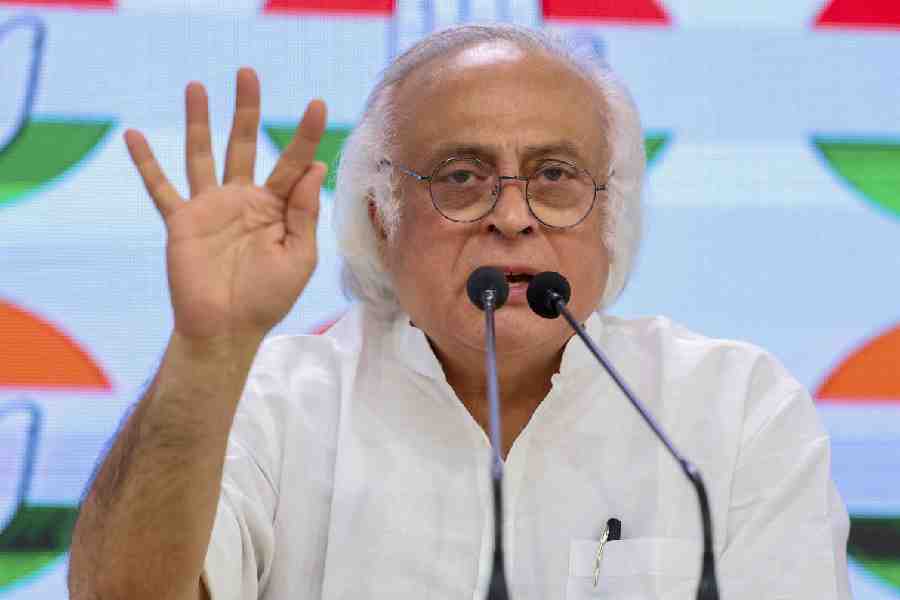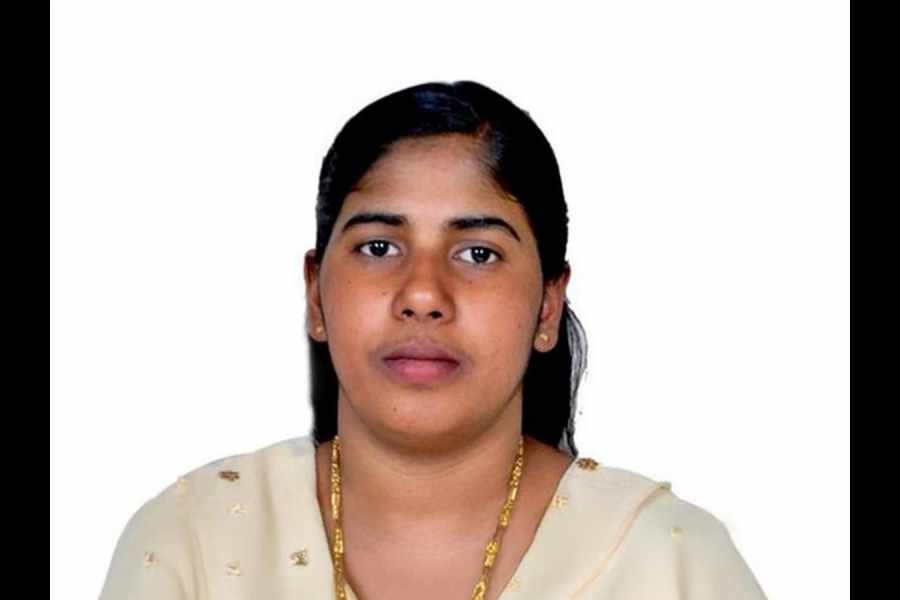 |
| Santosh Kamath in Calcutta on Wednesday. A Telegraph picture |
Calcutta, Aug. 4: ING Vysya Mutual Fund plans to acquire funds with a mid-sized corpus and will reveal their identities in two months.
Last month, managing director and chief executive officer Kavita Hurry hinted at plans to acquire other funds to increase the assets under management. However, she parried questions on whether they have zeroed in on a fund.
ING Mutual officials say some targets have already been identified and talks with them for a possible deal are under way.
On the radar are funds with a minimum corpus of around Rs 1,500-3,000 crore. The company is cagey on names because such reports have an adverse effect on the assets under management of the target fund.
ING Vysya, with a relatively strong line of debt schemes, is keen on acquiring a fund house with good equity exposure.
Going by corpus size, funds like Alliance Capital, Chola, Morgan Stanley and Sundaram among the non-bank sponsored and Canbank and Deutsche among the bank-sponsored funds could figure on the menu of choices for ING Vysya.
The fund house plans to reach a corpus of Rs 3,000 crore this year, apart from the acquisition. It plans to mop up Rs 550 crore from the market through the initial public offering of two schemes — domestic opportunities fund, an open-ended equity scheme, and an open-ended select debt fund.
The mutual fund is also planning to launch two other schemes — floating rate and textiles and pharmaceuticals funds — this year and has already got the Securities and Exchange Board of India (Sebi) clearance. ING Vysya Mutual has assets of around Rs 1,800 crore under management.
The select debt fund invests primarily in ‘AA’ rated corporate papers like Mahindra & Mahindra, IPCL, ACC, Tata Motors, Gujarat Ambuja and Ashok Leyland. Director (debt markets) Santosh Kamath said, “The objective is to provide higher returns, around 6.5 per cent, due to hardening inflation and interest rates but improving corporate profile. The average maturity of the fund would be less than two years, since interest rate volatility is not much in the short-term period.”
The domestic opportunities fund plans to invest in stocks and sectors such as auto, power, infrastructure, telecom and banking.










